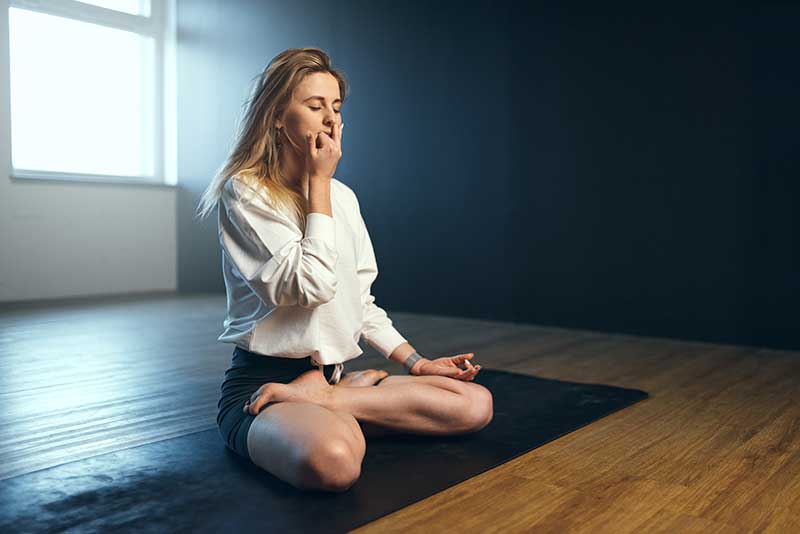
Pranayama Techniques for Beginners: The Path to Mindful Breathing
In the hustle and bustle of our modern lives, finding moments of calm and inner peace is a precious gift. One way to achieve this tranquilly is through the practice of pranayama, an ancient yogic art of breath control. In this article, we will explore some Pranayama techniques for beginners, helping you embark on a journey of mindfulness and well-being.
What is Pranayama?
Pranayama, often referred to as the “science of breath,” is a fundamental aspect of yoga. It involves conscious control of the breath to enhance physical and mental well-being. The word “Pranayama” is derived from two Sanskrit words: “Prana” (life force) and “Ayama” (control). Together, they signify the regulation and expansion of life force through breath.
Benefits of Pranayama for Beginners
Before we delve into specific techniques, let’s explore the benefits that Pranayama can offer beginners:
-
Stress Reduction: Pranayama helps activate the parasympathetic nervous system, promoting relaxation and reducing stress.
-
Improved Lung Capacity: Regular practice can increase lung capacity and enhance respiratory efficiency.
-
Enhanced Concentration: Mindful breathing techniques can sharpen your focus and improve mental clarity.
-
Better Sleep: Pranayama can alleviate insomnia and promote restful sleep.
-
Emotional Balance: It aids in emotional regulation, making it an effective tool for managing anxiety and depression.
Simple Pranayama Techniques for Beginners
1. Deep Abdominal Breathing (Diaphragmatic Breathing)
-
Get cosy sitting or lying down with your eyes closed.
-
Put one hand on your belly and the other on your chest.
-
Take a big breath in through your nose, letting your belly puff up like a balloon.
-
Breathe out slowly through your mouth or nose, feeling your belly sink down.
-
Keep doing this for a few breaths, and try to make each breath a bit longer each time.
-
Repeat for several breaths, gradually increasing the duration.
2. Nadi Shodhana (Alternate Nostril Breathing)
-
Sit comfortably with your legs crossed.
-
Close your right nostril with your right thumb and breathe in through your left nostril.
-
Now, close your left nostril with your right ring finger, release your right nostril, and breathe out.
-
Inhale through your right nostril, then close it and release the left nostril, exhaling.
-
Keep going with this back-and-forth breathing for a few minutes.
3. Ujjayi Pranayama (Victorious Breath)
-
Sit comfortably or lie down.
-
Inhale deeply through your nose while constricting the back of your throat, creating a soft “oceanic” sound.
-
Exhale slowly through your nose while maintaining throat constriction.
-
Focus on the sound of your breath and the sensation of the air passing through your throat.
4. Bhramari Pranayama (Bee Breath)
-
Find a calm spot to sit comfortably.
-
Take a deep breath as you close your eyes.
-
Let out a gentle humming sound, like a buzzing bee, as you breathe out slowly.
-
Do this humming with each breath for a while, and let it calm your thoughts.
Conclusion: Begin Your Pranayama Journey
Pranayama is a powerful tool that can transform your life, offering inner peace and improved well-being. As a beginner, it’s important to start with simple techniques and gradually progress. Incorporate these Pranayama practices into your daily routine, even if it’s just for a few minutes each day. Over time, you’ll discover the profound impact of mindful breathing on your physical and mental health. Embrace the path of Pranayama, and may your breath be the gateway to a more balanced and serene existence.
SOURCE: How To Do Pranayama


